By Elyse Fox, Laura Kintz, and Nicola Mantzaris, Metadata Catalogers
“Today we are here to celebrate and to honor and to commemorate the dead and the living, the young men who in every war since this country began have given testimony to their loyalty to their country and their own great courage.” — President John F. Kennedy, November 11, 1961
The first commemoration of what is now Veterans Day was November 11, 1919, when President Woodrow Wilson established a holiday called Armistice Day to remember those who lost their lives in World War I—a war that had ended on November 11 of the previous year. After the subsequent wars in Europe and Korea, Congress changed the holiday’s name to Veterans Day in order to honor all veterans, not just those killed in the “Great War.”
Military service was a significant part of the Kennedy family’s legacy. Both the future president and his older brother, Joseph P. Kennedy, Jr., were decorated lieutenants in the United States Navy during World War II; many of their friends also served. The John F. Kennedy Presidential Library would like to commemorate this Veterans Day by sharing photographs from the Kennedy Family Collection that feature the President, his brother, and some of their fellow military members. These images, digitized from nitrate negatives in the collection, provide glimpses into the lives of these men during their military careers, both in military dress and in casual dress, both in more formal poses and at social gatherings. They reveal the everyday humanity of men who served their country, some of whom gave the ultimate sacrifice.
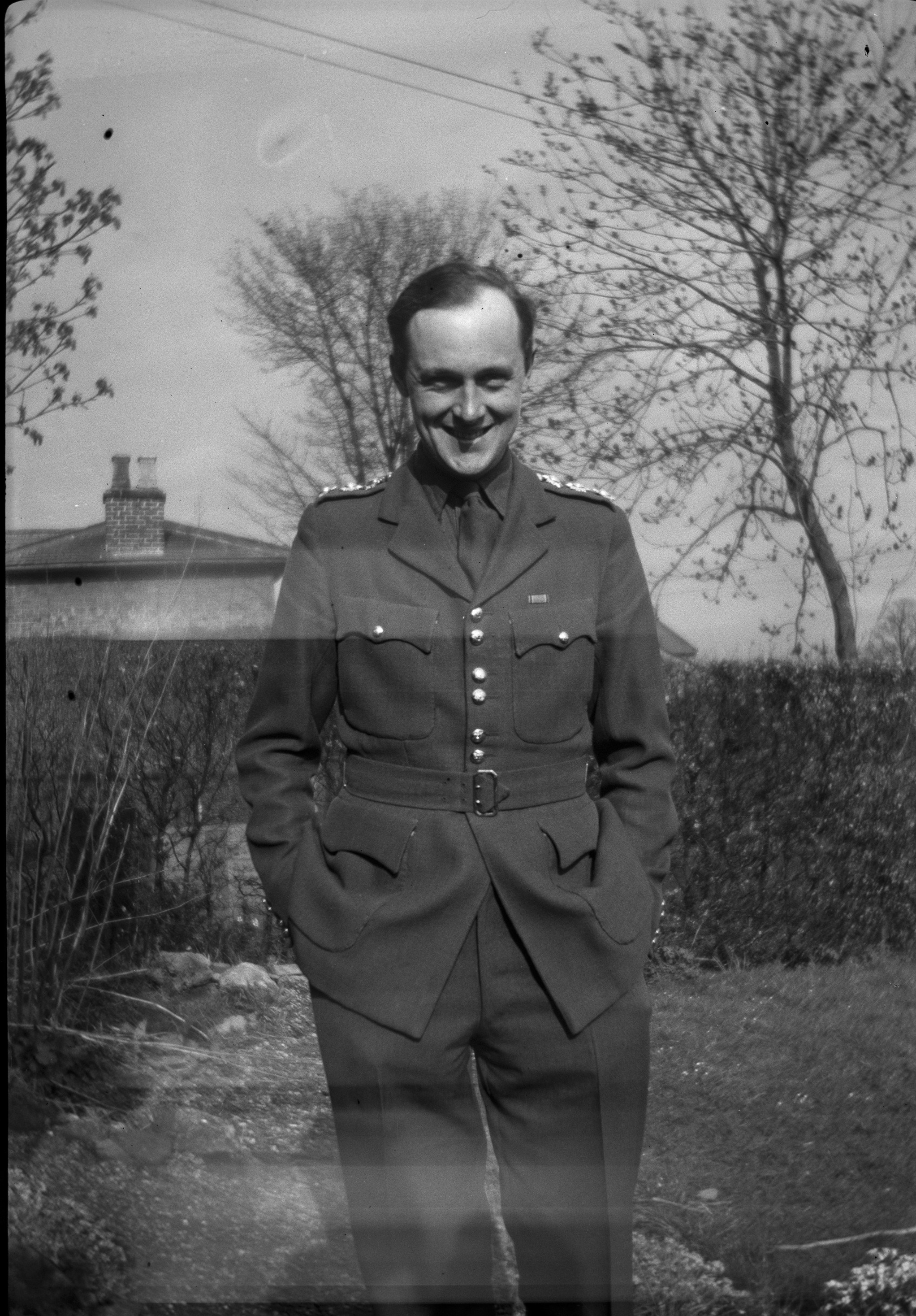
Major William John Robert Cavendish, Marquess of Hartington (1917-1944), served in the Coldstream Guards regiment of the British Army during World War II. On September 9, 1944, he was killed in action by a sniper in Belgium while his battalion, the 5th of the Guards Armoured Division, attempted to liberate the town of Heppen. He died four months after marrying Kathleen Kennedy.
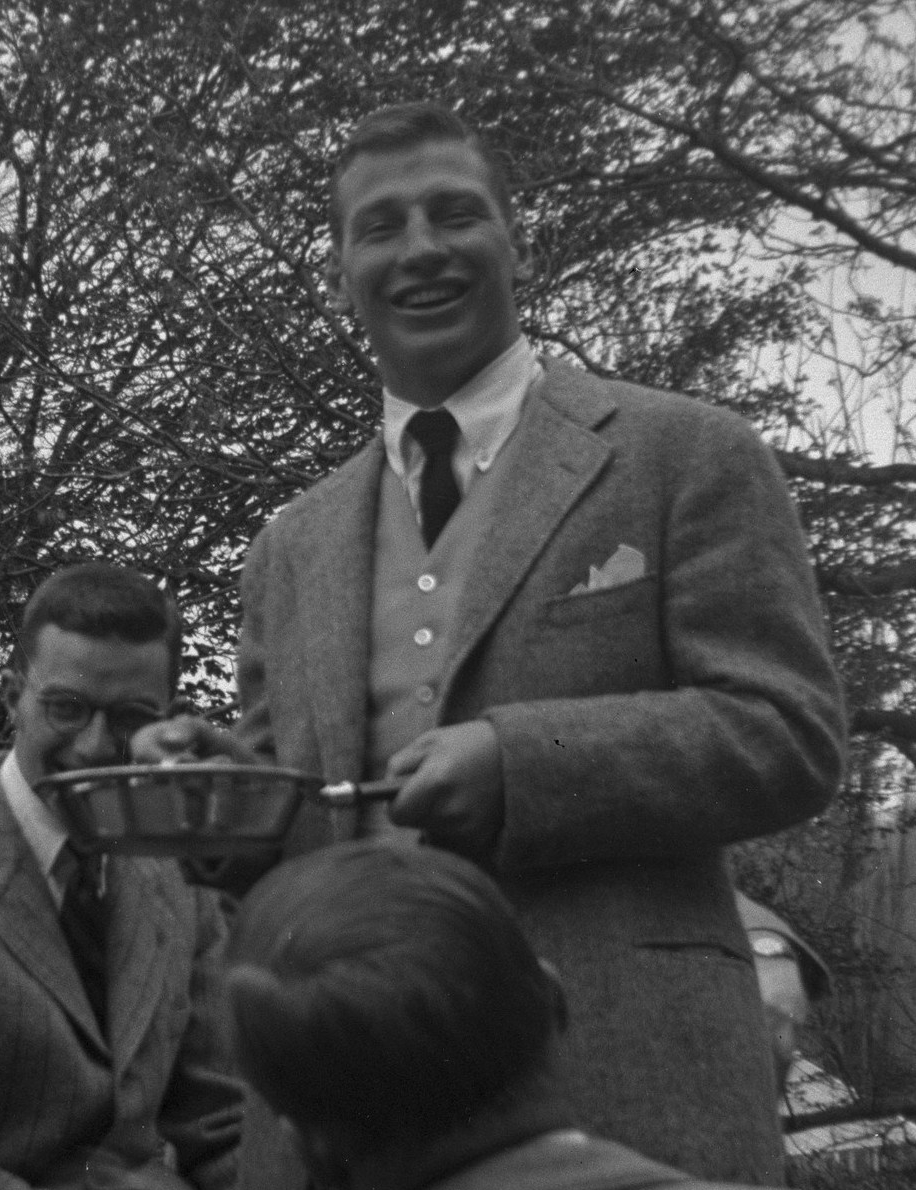
Lieutenant William Caldwell Coleman, Jr. (1918-1945), served in the United States Navy Reserve during World War II. In September of 1941, Coleman became a member of the midshipmen’s school aboard the USS Prairie State. A few years later, he was killed during a routine combat training flight off the coast of Melbourne, Florida, on January 24, 1945.

Lieutenant Paul Burgess Fay, Jr. (1918-2009), served in the United States Navy Reserve in the South Pacific during World War II. He was executive officer of PT-174 and later captain of PT-167, based in the Solomon Islands. Fay received a Bronze Star for his actions when the boat he was assigned to was disabled by a torpedo dropped from a Japanese plane. Fay went on to serve as Under Secretary and then Acting Secretary of the Navy, during President John F. Kennedy’s administration. He died at his home in Woodside, California, on September 23, 2009.
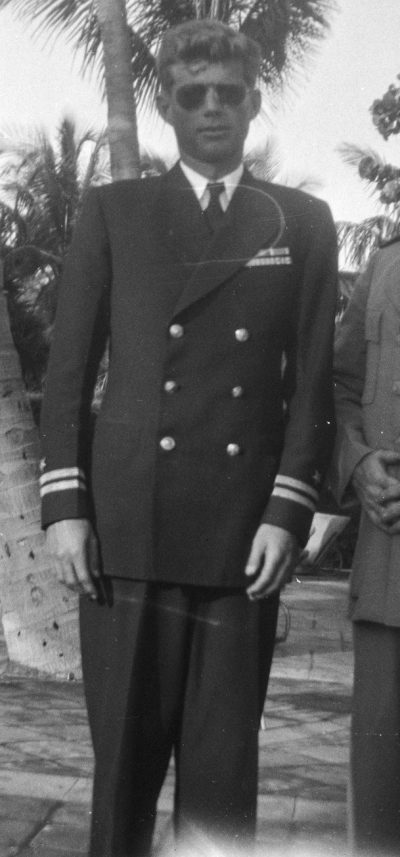
Lieutenant John F. Kennedy (1917-1963) served in the United States Navy Reserve during World War II. He was assigned as commander of a patrol torpedo boat, the PT-109, in the South Pacific. On August 2, 1943, the PT-109 collided with a Japanese destroyer. Kennedy’s actions to save his surviving crew after the sinking of the boat earned him the Navy and Marine Corps Medal. He was also awarded the Purple Heart for injuries sustained in the collision. Kennedy went on to serve as the 35th President of the United States from January 20, 1961, until his assassination in Dallas, Texas, on November 22, 1963.
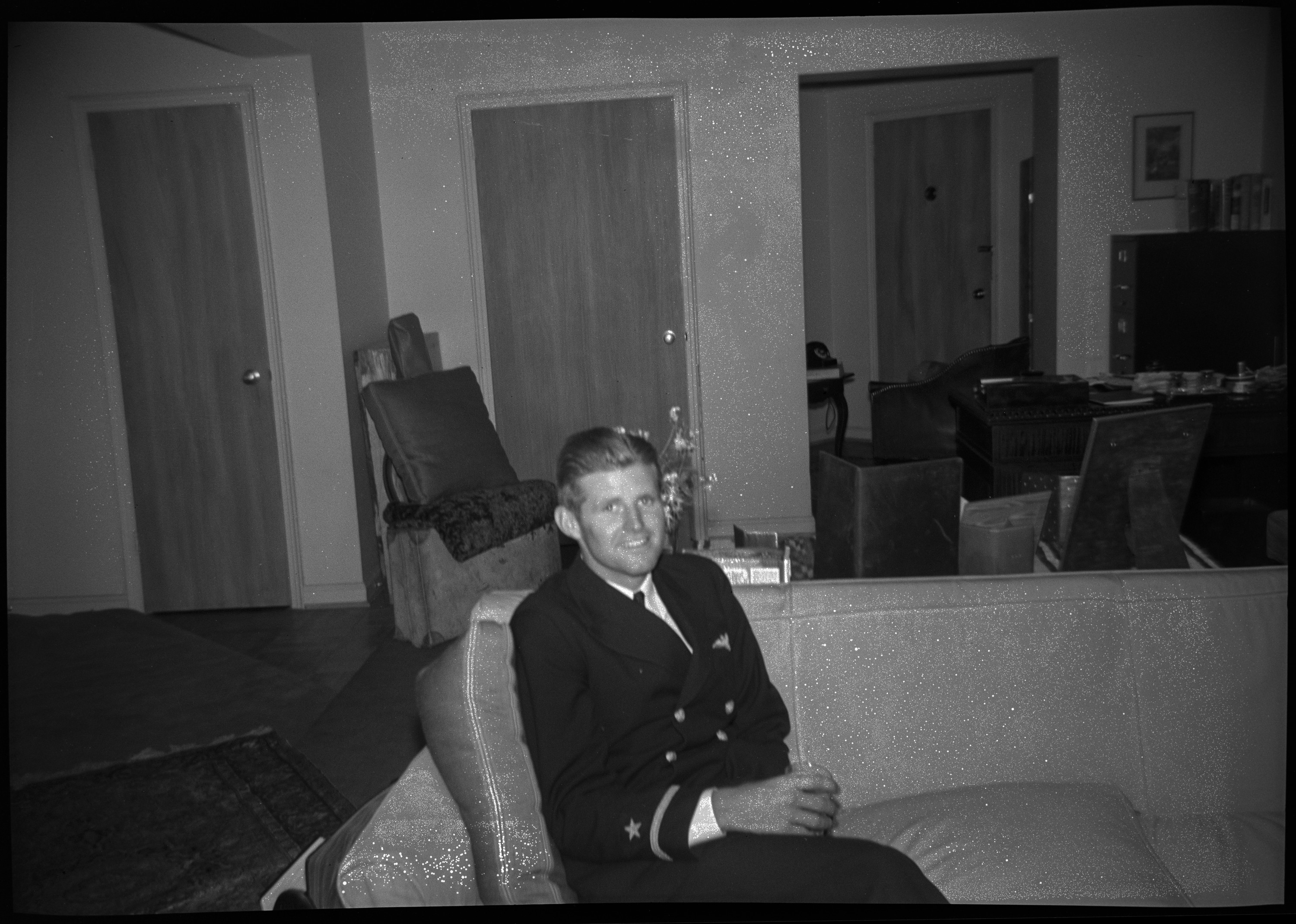
Lieutenant Joseph P. Kennedy, Jr. (1915-1944), served as a pilot in the United States Navy during World War II. Awarded his wings in May 1942, he flew Caribbean patrols and in September 1943 was sent to England with the first naval squadron to fly B-24’s with the British Naval Command. He died a year later when his plane exploded during a dangerous secret mission in Europe, on August 12, 1944. Kennedy was posthumously awarded the Navy Cross and the Air Medal; and in 1946 a destroyer, the USS Joseph P. Kennedy Jr., was launched at the Fore River shipyards as the Navy’s final tribute to his service.

Lieutenant Tom Killefer (1917-1996) served as a pilot in the United States Navy with carrier and land-based fighter squadrons in the Southwest Pacific and European theaters, during World War II. Killefer was awarded the Distinguished Flying Cross and Navy Air Medal for heroism and extraordinary achievement in combat flight against Japanese forces, and earned the Purple Heart for wounds received in action. He died at his home in Portola Valley, California, on June 16, 1996.
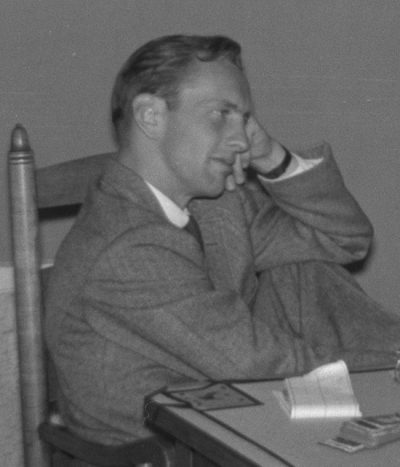
Lieutenant Demarest Lloyd, Jr. (1919-1944), served in the United States Navy Reserve in the Pacific during World War II. He was killed in action on June 12, 1944, and posthumously awarded the Purple Heart Medal and Air Medal with 6 Gold Stars. Lloyd’s name is memorialized in the Courts of the Missing at the Honolulu Memorial, Honolulu, Hawaii.
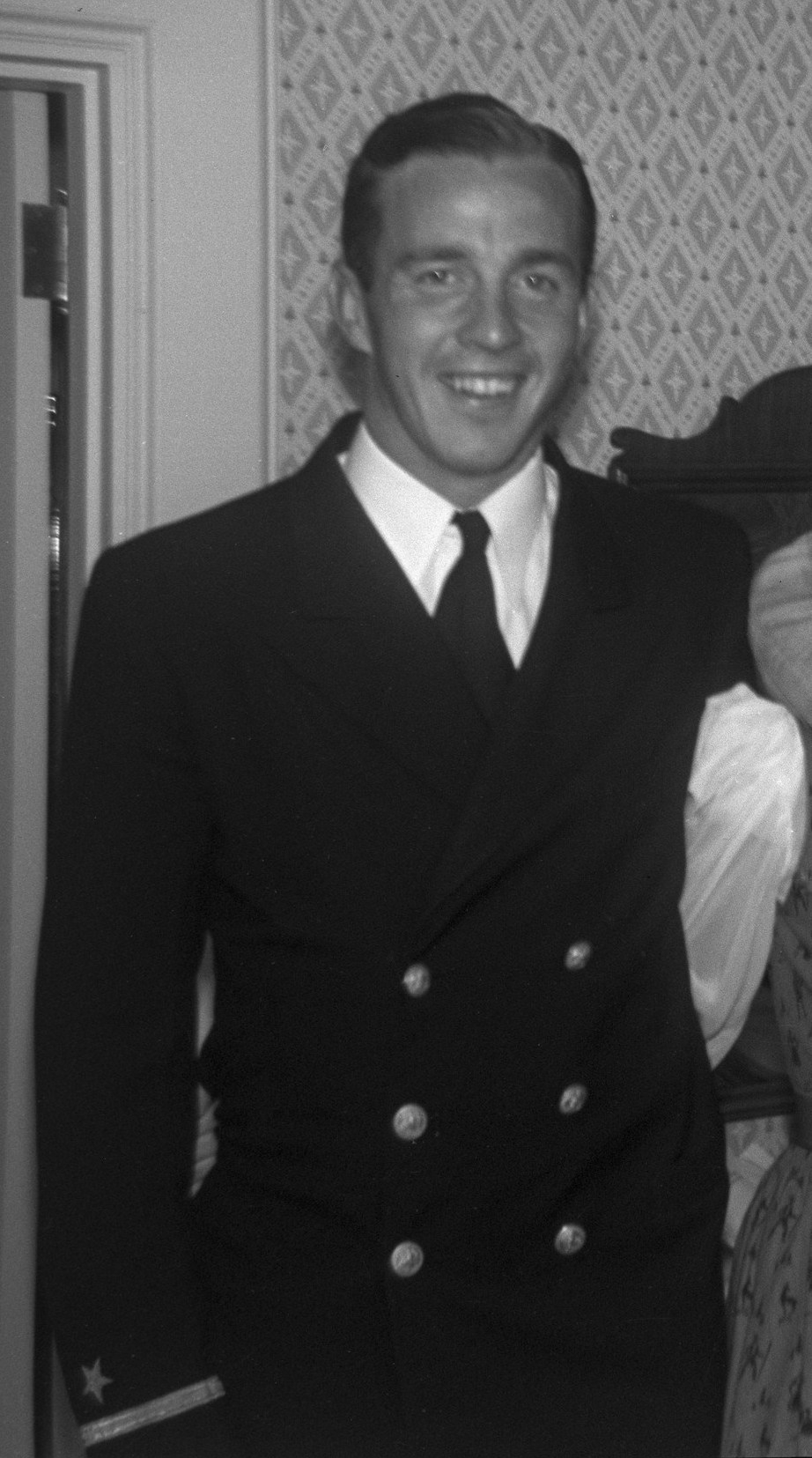
Lieutenant Torbert Hart Macdonald (1917-1976) served in the United States Navy during World War II, as a PT boat commander in the Southwest Pacific from 1942 to 1944. He was awarded the Silver Star Combat Award and the Presidential Citation. Macdonald later became a Democratic member of the United States House of Representatives, serving the state of Massachusetts from 1955 until his death in 1976. He died in Bethesda, Maryland, on May 21, 1976.
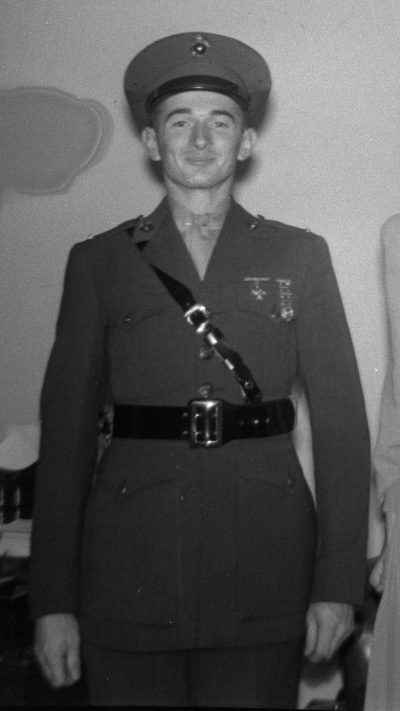
Lieutenant George Houk Mead, Jr. (1917-1942), served in the United States Marine Corps during World War II. He was called to active duty November 1, 1941, and was killed in action fighting Japanese troops in Guadalcanal in the Solomon Islands, on August 19, 1942. Mead was posthumously awarded the Navy Cross, for heroism and distinguished service as Executive Officer of Company L, Third Battalion, Fifth Marines, First Marine Division.

Lieutenant Charles Alfred Pillsbury (1917-1943) served as a pilot in the United States Navy Reserves during World War II. The plane he was piloting on November 21, 1943, went missing near Bougainville, Solomon Islands, Papua New Guinea. Pillsbury was declared missing in action and later officially declared dead on February 8, 1946, with his death date listed as November 21, 1943. His plane’s wreckage was discovered at Kangu Beach on Bougainville Island on September 4, 1968.
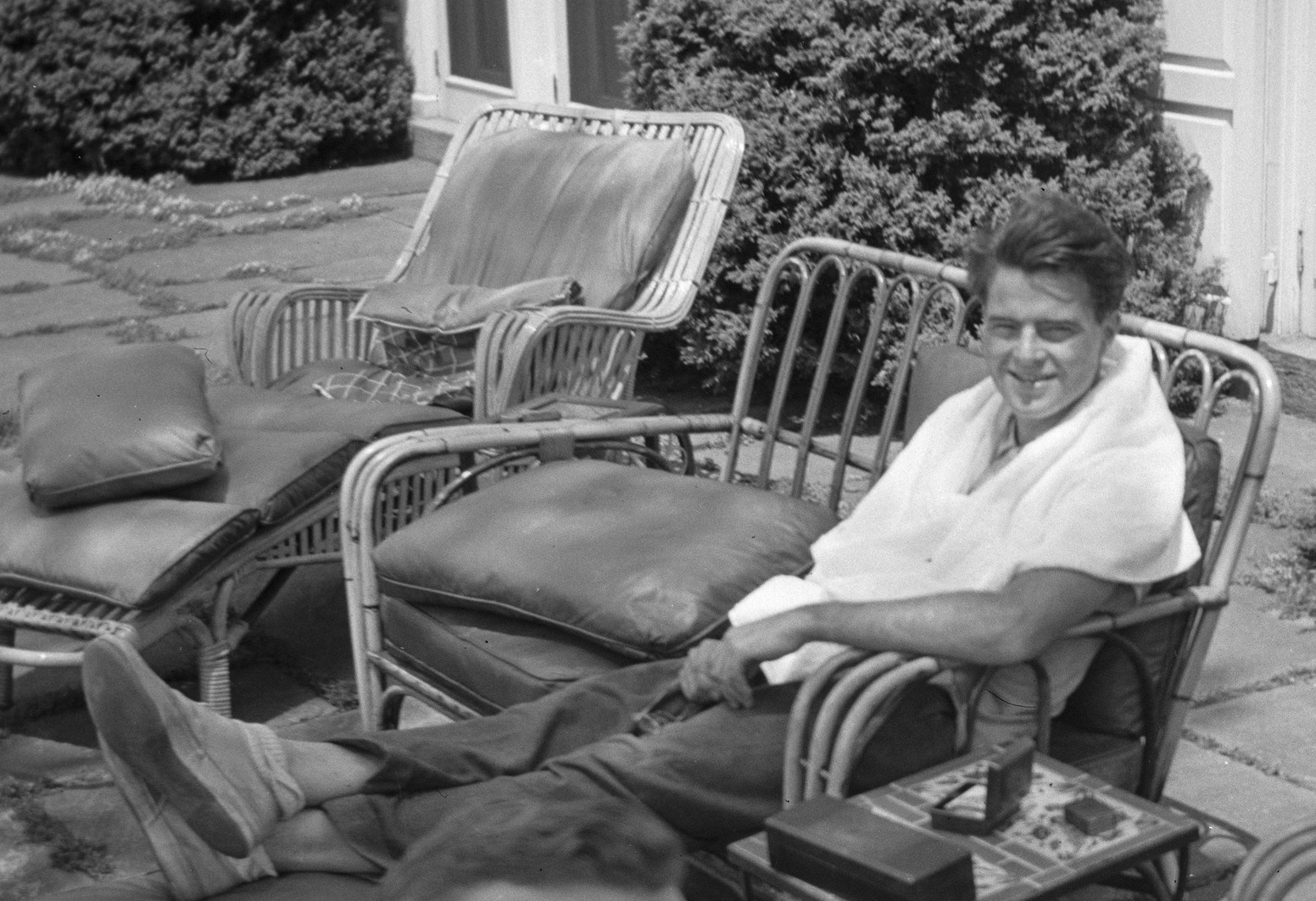
Second Lieutenant Morgan O’Brien Preston (1918-1944) served in the United States Army Infantry during World War II. He was deployed to the Mediterranean, in January 1944. Preston died while leading a battle patrol near Valmontone, Italy, on June 2, 1944.
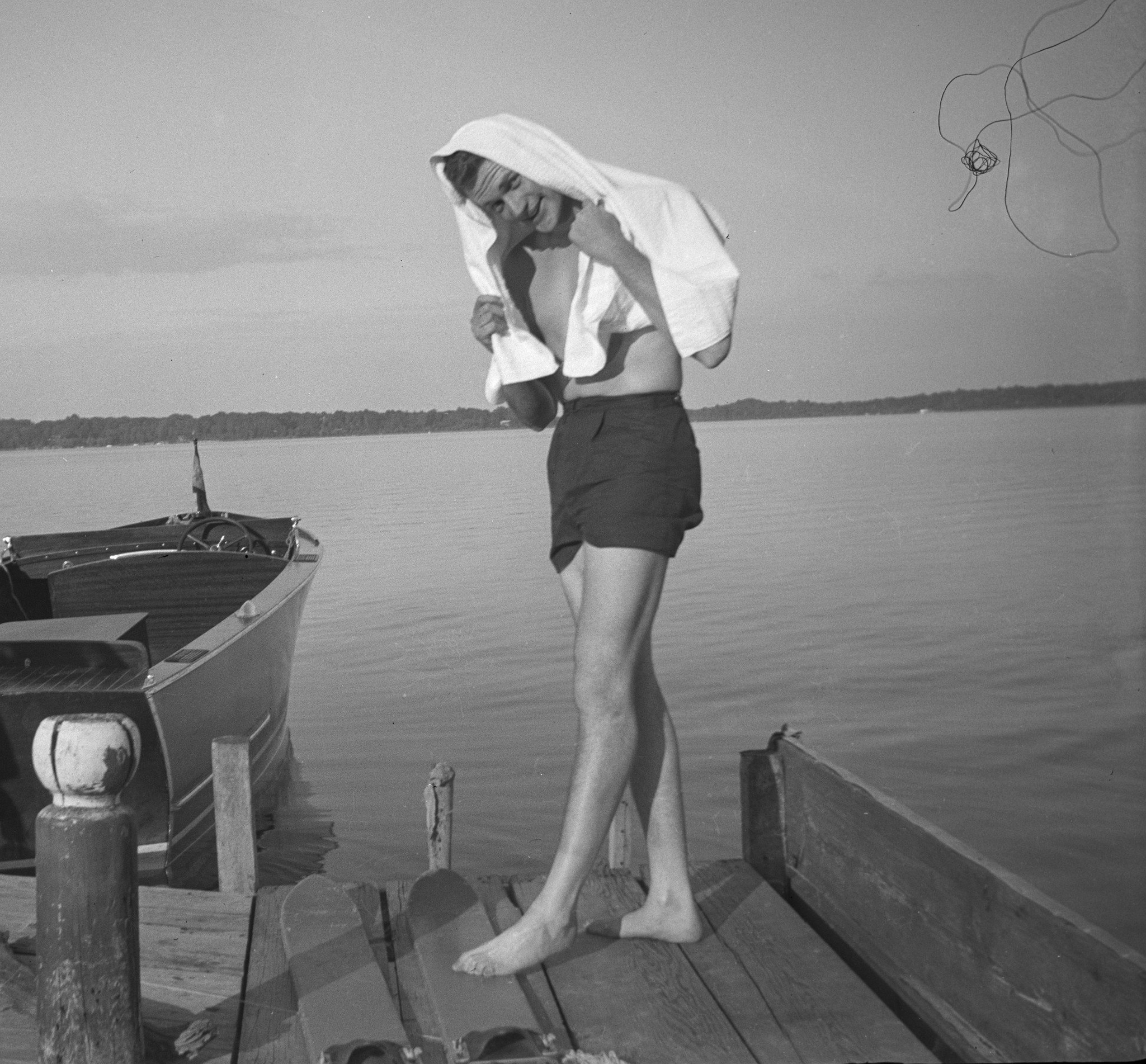
Officer Stanley Rogers Resor (1917-2012) served in the United States Army in the European theater during World War II. He fought in the Battle of the Bulge, and was wounded in the siege of Bastogne, Belgium. Resor was awarded the Silver Star, Bronze Star, and the Purple Heart, for his service. Resor went on to serve as Secretary of the United States Army from 1965 to 1971. He died in Washington, DC, on April 17, 2012.
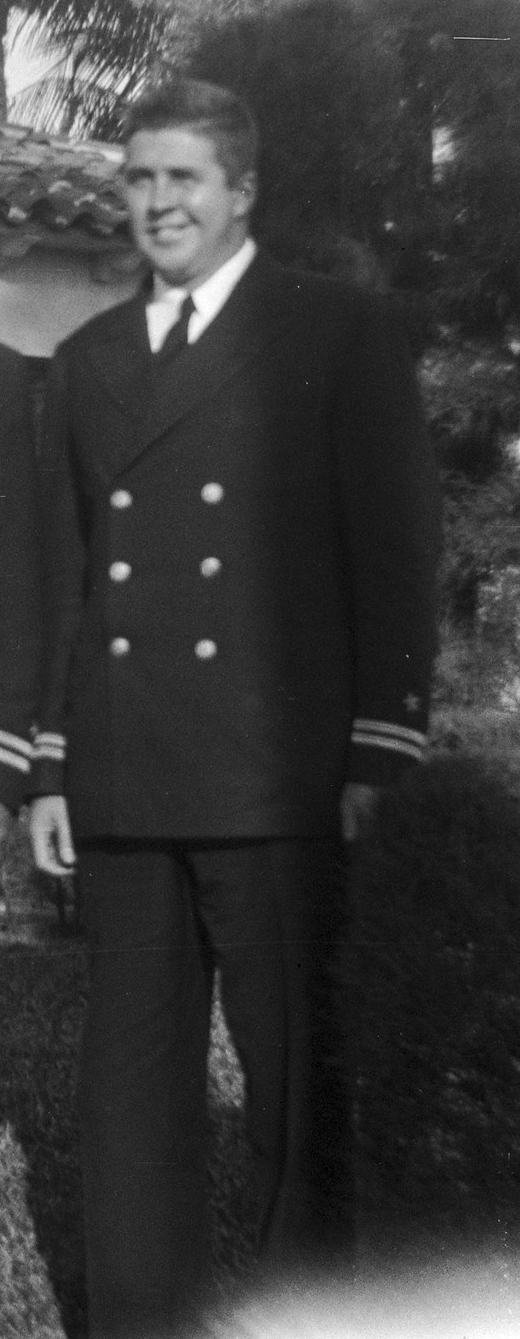
Commander Benjamin Atwood Smith II (1916-1991) served in the United States Navy in the Pacific as commander of an anti-submarine, anti-torpedo vessel, during World War II. Smith later became a politician, serving the state of Massachusetts as United States Senator from 1960 to 1962. He died in Gloucester, Massachusetts, on September 26, 1991.
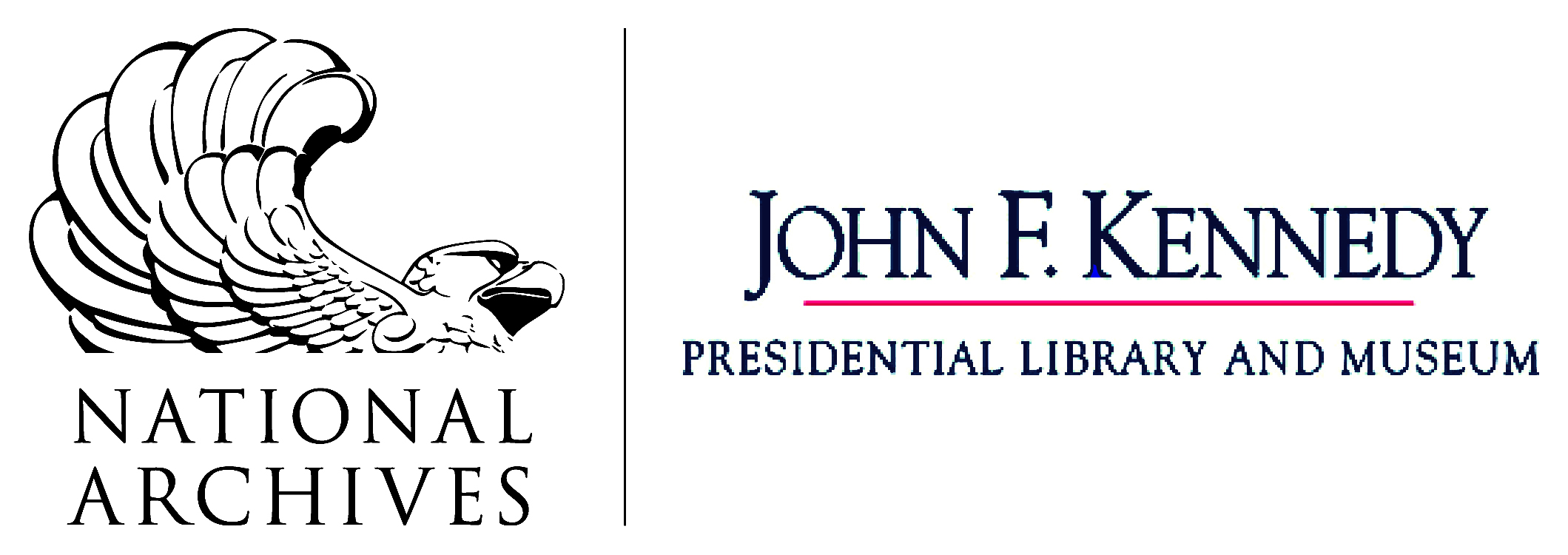
We often forget that everyone was young once with dreams and aspirations. So many of these men’s dreams were cut short. It is very poignant to see them as they were when they were young.
We should remember who they were&what they fought for
My Mom always told me that there were men who were born to sacrifice their lives in war for our freedom.
Thanks for the memories! Such young men and so sad that they have left us.
It’s refreshing to read of leaders past who didn’t have bone spurs and faced the hazards of picking up a gun in wartime. I’m a registered republican who expects to drop that mantle and vote for RFK jr. In the primary.